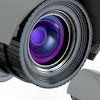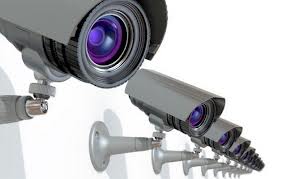
Lion's Share of the African Video Surveillance Market
 With a video surveillance equipment market size of approximately $90 million, South Africa is the largest country level market in Africa and among the most technologically mature. The data from IHS’ recently published report on the African market for video surveillance equipment shows that in 2012 the transition from analog to network equipment passed a milestone: For the first time, revenues from network equipment surpassed those from analog.
With a video surveillance equipment market size of approximately $90 million, South Africa is the largest country level market in Africa and among the most technologically mature. The data from IHS’ recently published report on the African market for video surveillance equipment shows that in 2012 the transition from analog to network equipment passed a milestone: For the first time, revenues from network equipment surpassed those from analog.
The market transition will continue with an increasing proportion of future revenues coming from network equipment. However, due to a combination of low economic growth, a weakening Rand and on-going labor disputes in key vertical markets for video surveillance, we remain conservative about the current growth prospects for the video surveillance market in South Africa. Single digit growth is forecast for 2013 and 2014.
Not the End of Analog
There remains a high installed base of analog equipment in South Africa. Analog equipment still accounts for the majority of unit shipments and, unlike other regional markets in Europe or North America, shipments are forecast to grow. In certain vertical markets analog equipment is likely to remain the technology of choice. The residential sector is one such example. Analog equipment offers a low-cost, easy-to-install solution, and each year a high number of cameras are installed by small security professionals covering homes in South Africa. It will be a challenge for network equipment vendors to convince these installers to switch to network video surveillance equipment. In installations where cost is the most significant factor, the higher price of network equipment still means analogue is often preferred.
The Outlook
The transition to network equipment in high value projects is having the most substantial effect on growth in the South African market. Revenues from analog equipment are forecast to remain broadly flat.